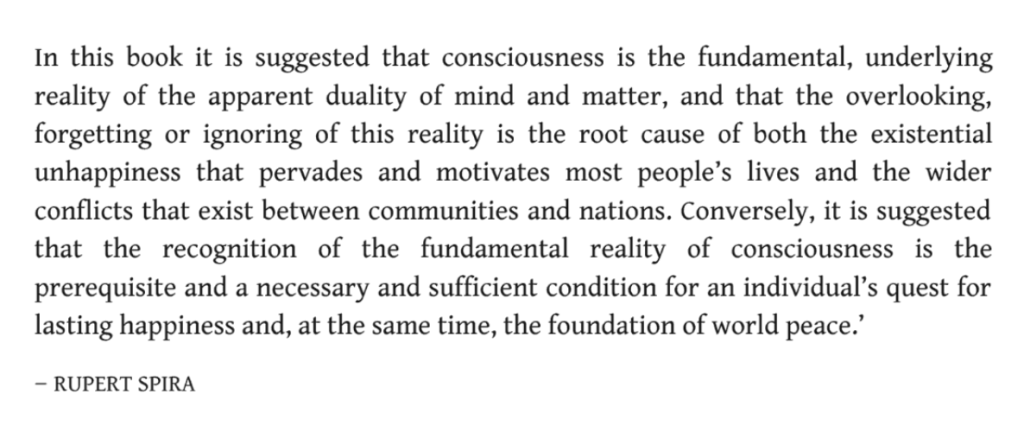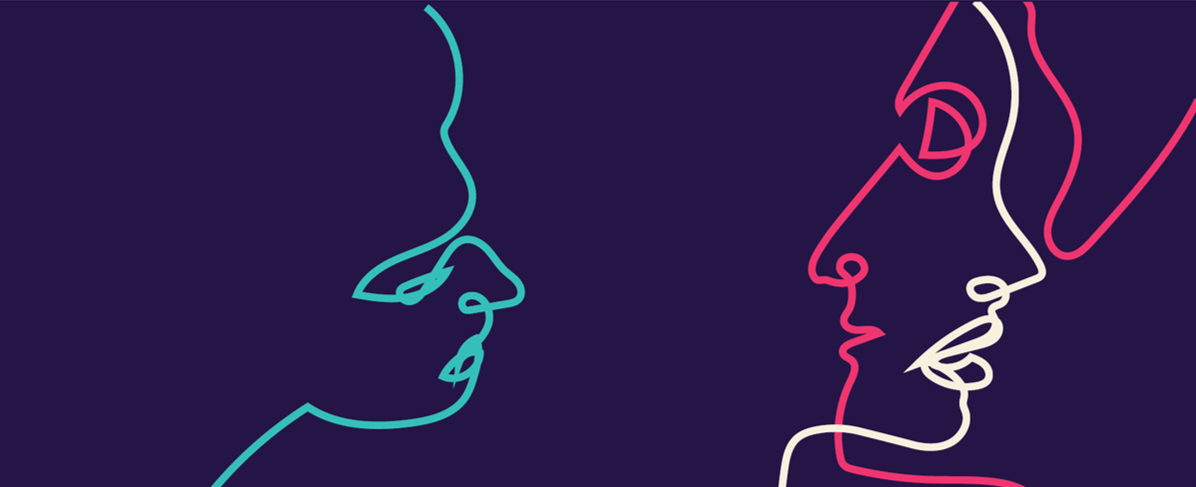Over the last few weeks, I have been sharing (some) of my (many) musings on mind, consciousness, and being. This theme has been a constant companion during the time I have been writing my book – one that considers an integration of psychotherapy and Buddhism; of Western knowledge and Eastern wisdom. A dance between the science and the art of clinical practice.
I feel fortunate that I can competently hold my footing in both camps: my original training as a research science aids an understanding of some complicated neuroscience; and my current Buddhist practice has helped me loosen the grip on needing a truth. I have said it before – an integration of top down thinking and bottom up experiencing. It has been my blogging intention in these past few weeks to help the Humanistic therapist explore some of this terrain themselves, or at least to open the can of worms!
My experience of teaching trainee therapists is one where I see the temptation to grip onto the low hanging fruits of ‘truths’. This is particularly the case when the training covers existential notions, the philosophical ground of Humanistic psychotherapeutic practice, inviting us to turn toward the givens of life and face our vulnerability. Neuroscience and its theories can be attractive because they appear to offer solutions – and it makes it easy to forget that our tradition is rooted in the problem itself being the solution.
I don’t want to dismiss the usefulness of exploring polyvagal theory, EMDR and the like in our training and development – that is not where I am pointing. Rather, I encourage a careful exploration and mindful integration; to not overlook the importance of critical thinking. To ask “What makes me reach for this theory?” “How can this be in the service of the client?” (whom I trust has the potential to unravel their own knots).
I’d like to offer this precis from Rupert Spira, one that introduces his book “The nature of consciousness“….
 In the last few weeks, I have encouraged the questioning of what is brain, mind, consciousness. Does consciousness arise from matter, or does matter arise from consciousness? If what Spira says here is held as a possibility, it has implication for anyone working in the field of ‘existential concerns’.
In the last few weeks, I have encouraged the questioning of what is brain, mind, consciousness. Does consciousness arise from matter, or does matter arise from consciousness? If what Spira says here is held as a possibility, it has implication for anyone working in the field of ‘existential concerns’.
Neuroscience DOES have something to offer Humanistic practitioners – it might help us understand why the main tool of our trade (being with) is healing, and help us keep in mind the timing and power of our interventions. BUT we need to be mindful of ‘applying’ that neuroscience in the room – or we start to offer the relationship in a manufactured, tool kind of way. Therapeutic ‘presence’ / attunement / co-regulation are best coming from a felt-sense of the relationship, from an embodied bottom up experience of self accompanying Other.
To paraphrase Spira, the true healing capacity comes from resting in fundamental consciousness before the split into mind and matter. Understanding this, the more a therapist can rest in “I” or “Self”, that expansive presence is contagious, and it dances in the space between. The Humanistic tradition gives a lot of credence to the space between client and therapist, self and other. Whether its Buber’s “I-Thou” or the more recent ‘relational depth’. I remember attending a training with Greg Madison, a leading practitioner of Focusing, in which he described a subterranean connection between two beings. Daniel Siegel (you might remember I like his definition of ‘mind’) describes “relationships [as] the sharing between people of energy and information flow. The brain and its whole body are the embodied mechanism of that flow, and the mind is the self-organizing process that regulates that flow.”
We need to reflect upon what is the root of our experience, and thus – to use a crude analogy – where we apply the spanner*. To locate a being’s ‘Self’ in the structure of the brain doesn’t fit from an ontological position. Where does a Self begin, where does it end? It certainly isn’t demarcated by the physical barrier of our skin. We know someone is in our space before they even touch us. We intuit it.
I am hoping that the past few weeks, culminating in this blog post have given you, the reader, food for thought. Please don’t throw the baby out with the bath water – no need to dismiss the science, but rather let it inform not dictate the work. As is said in the Buddhist Dharma, the difference between knowledge and wisdom is experience.
_______________
*Whatever the site of the spanner’s application, its impact might be measured in the activity of the Default Mode Network (DMN), a concept I briefly touched upon last week. Research across EMDR, meditation, and psychedelics points to a disruption of self-referential narrative co-ordinated in the DMN.

